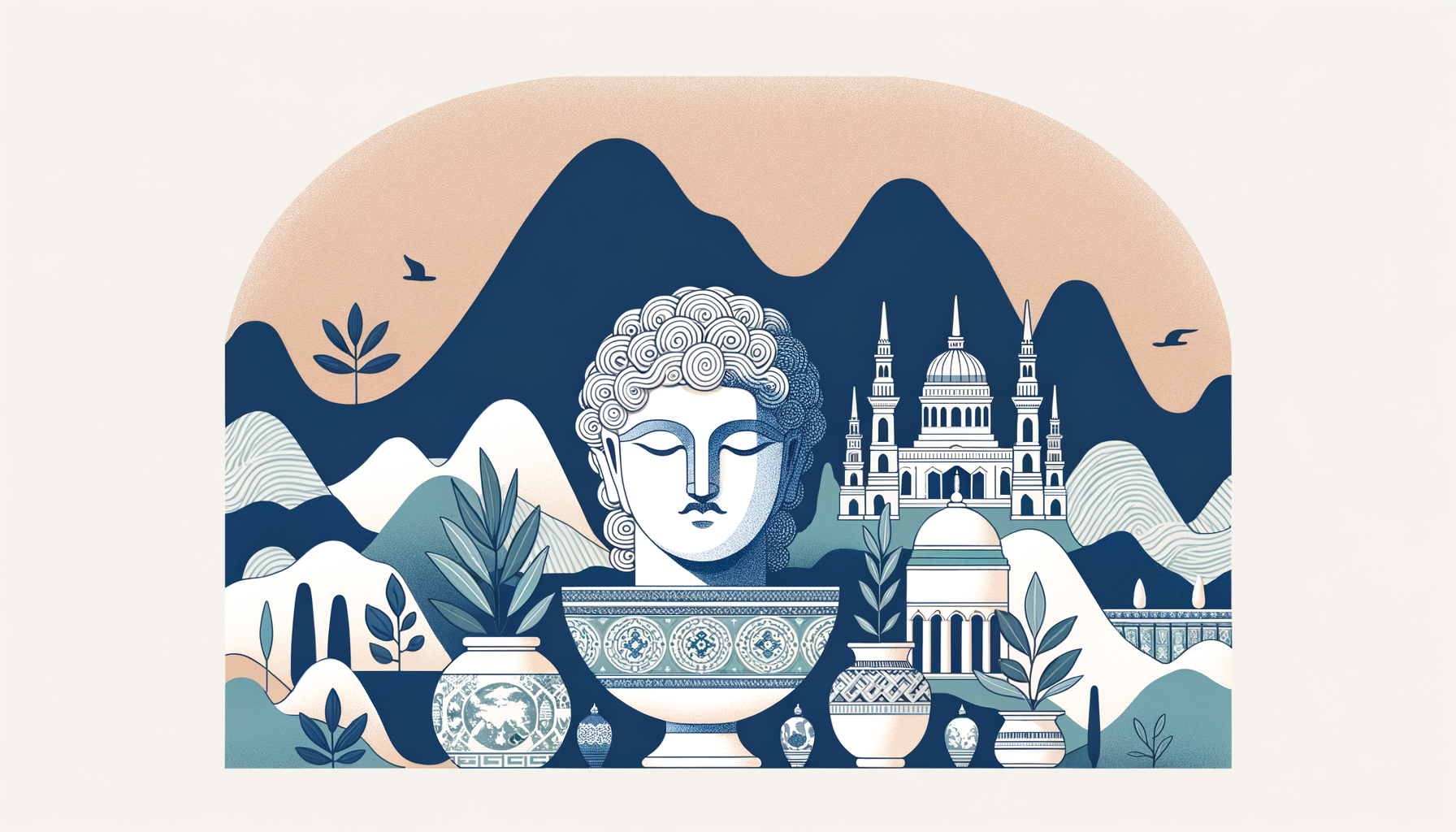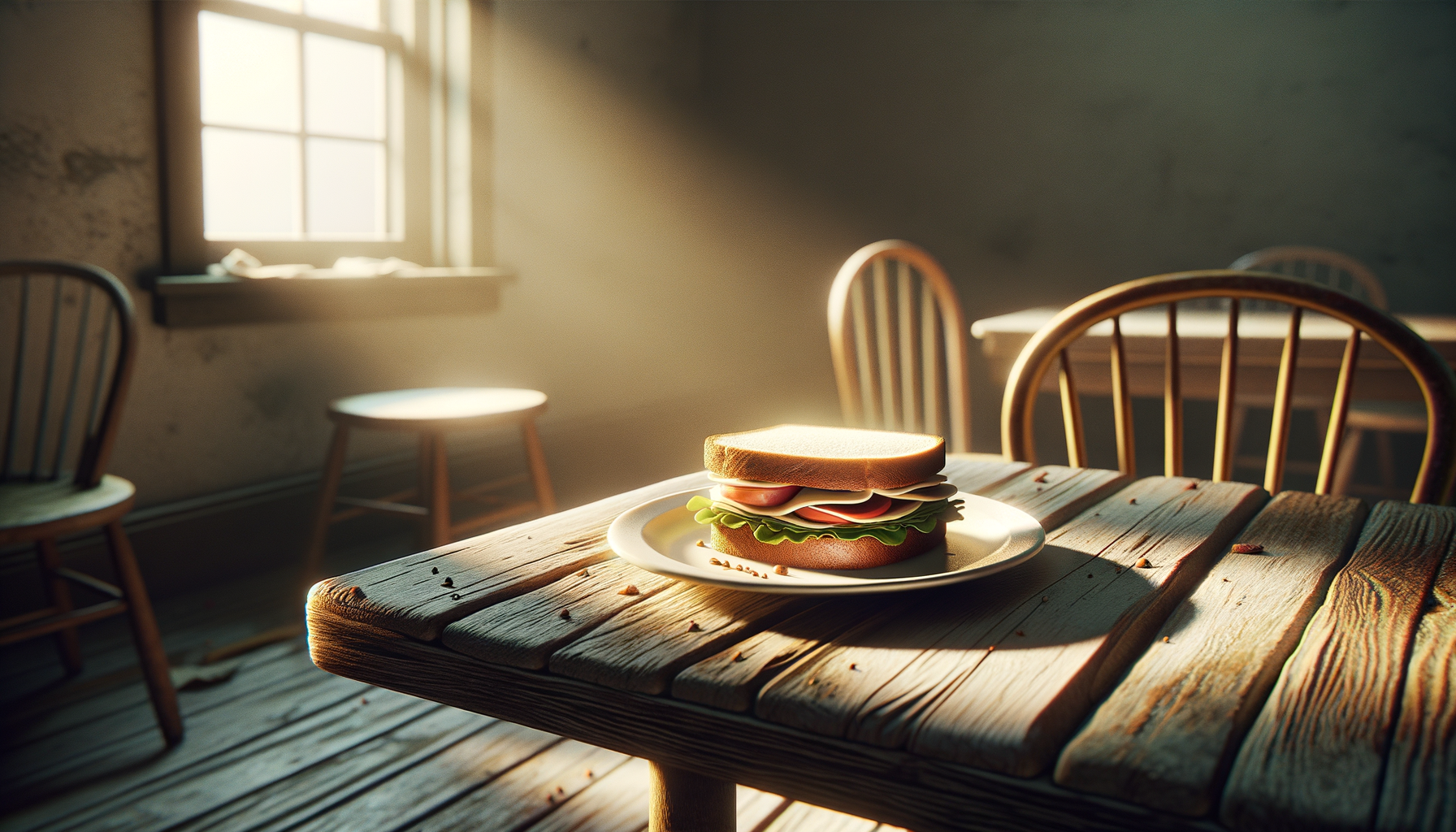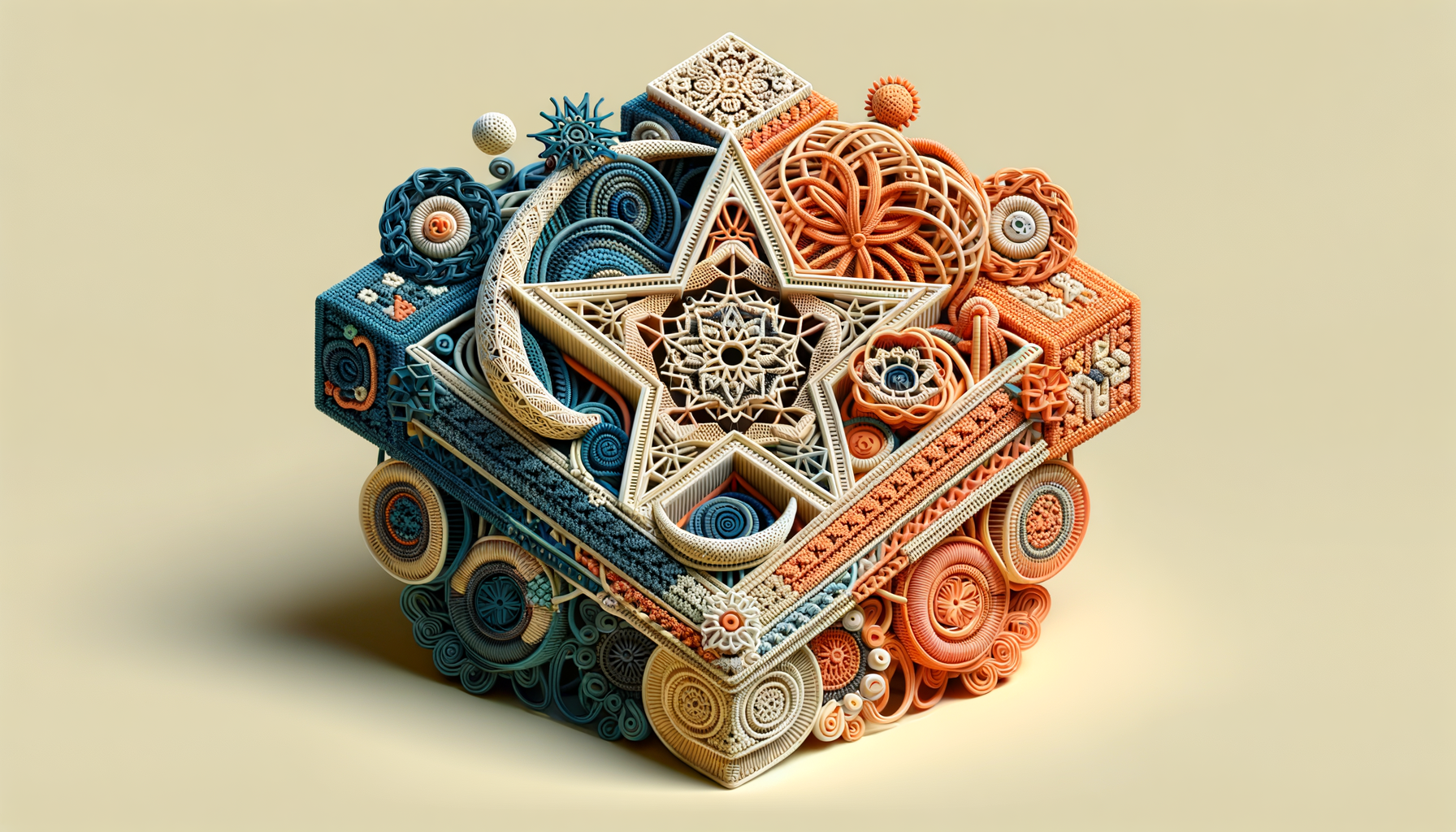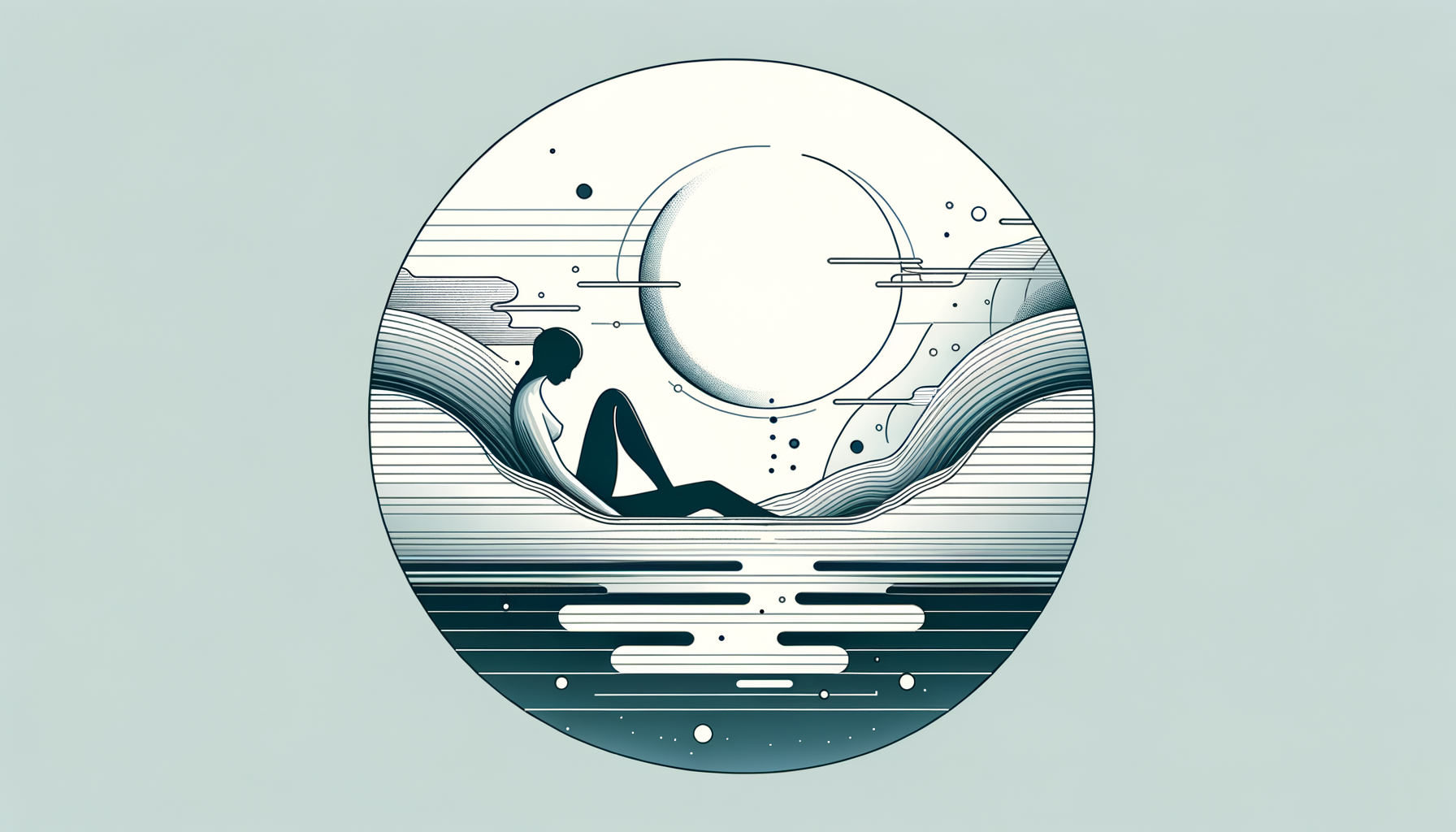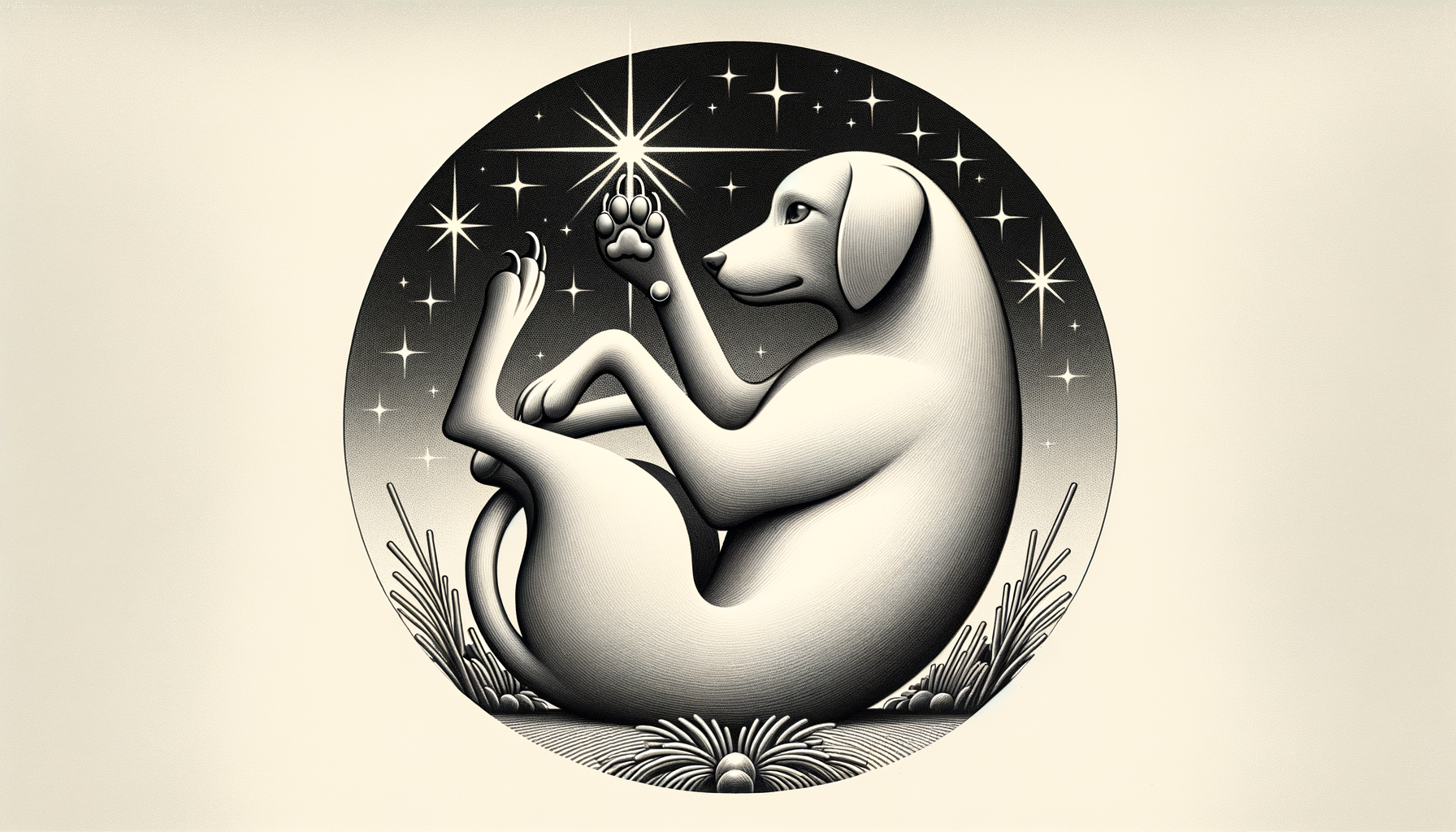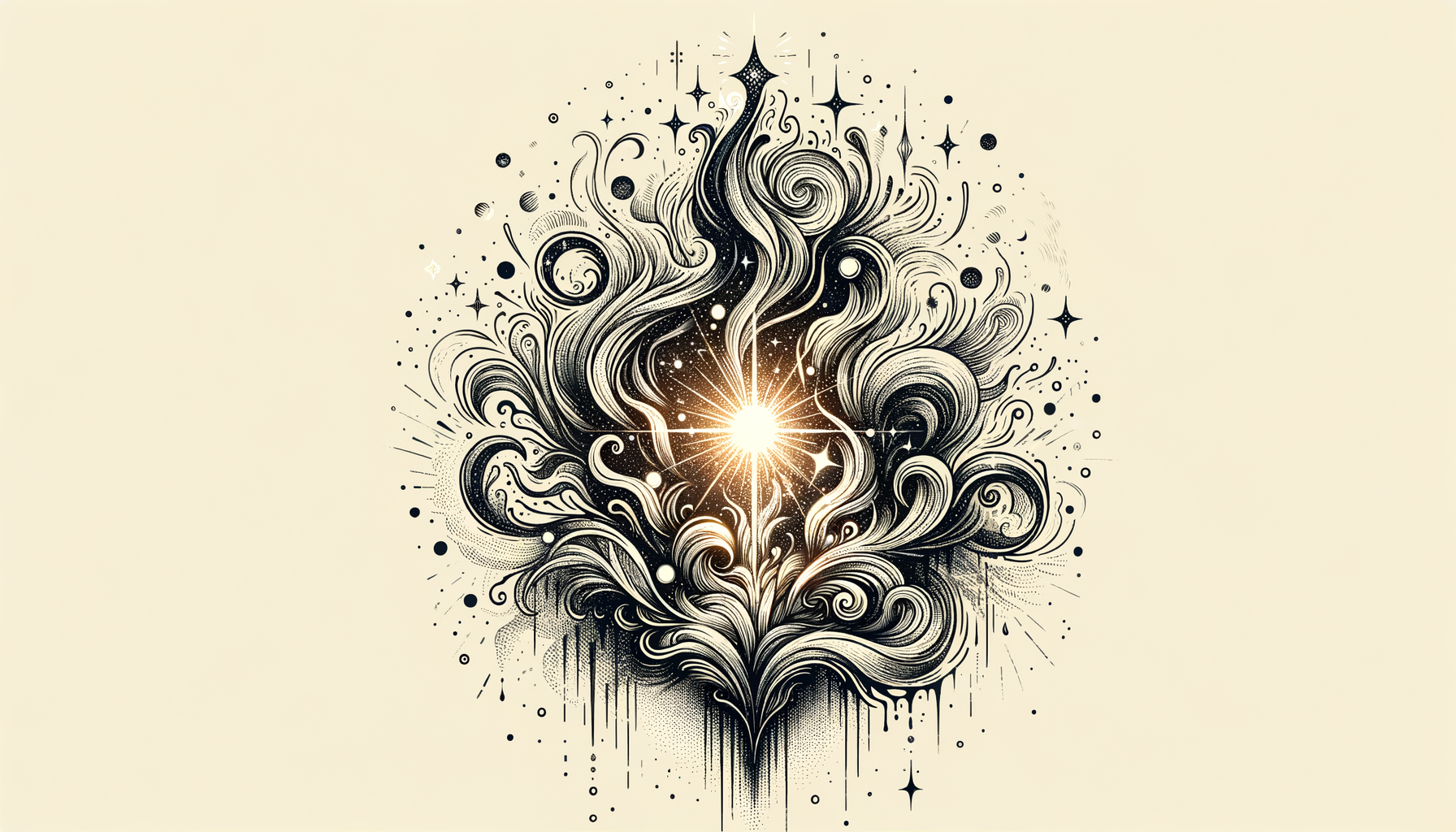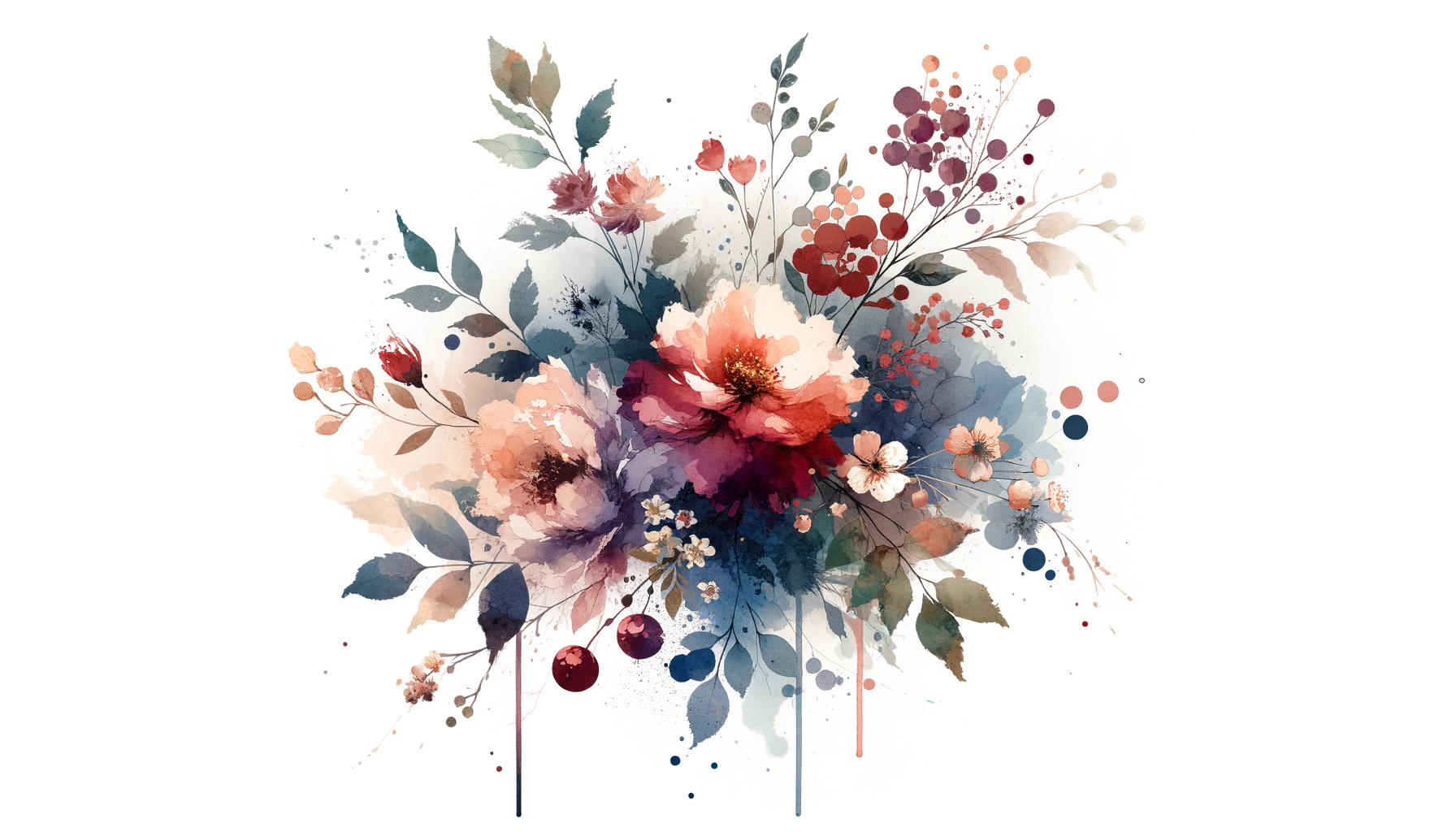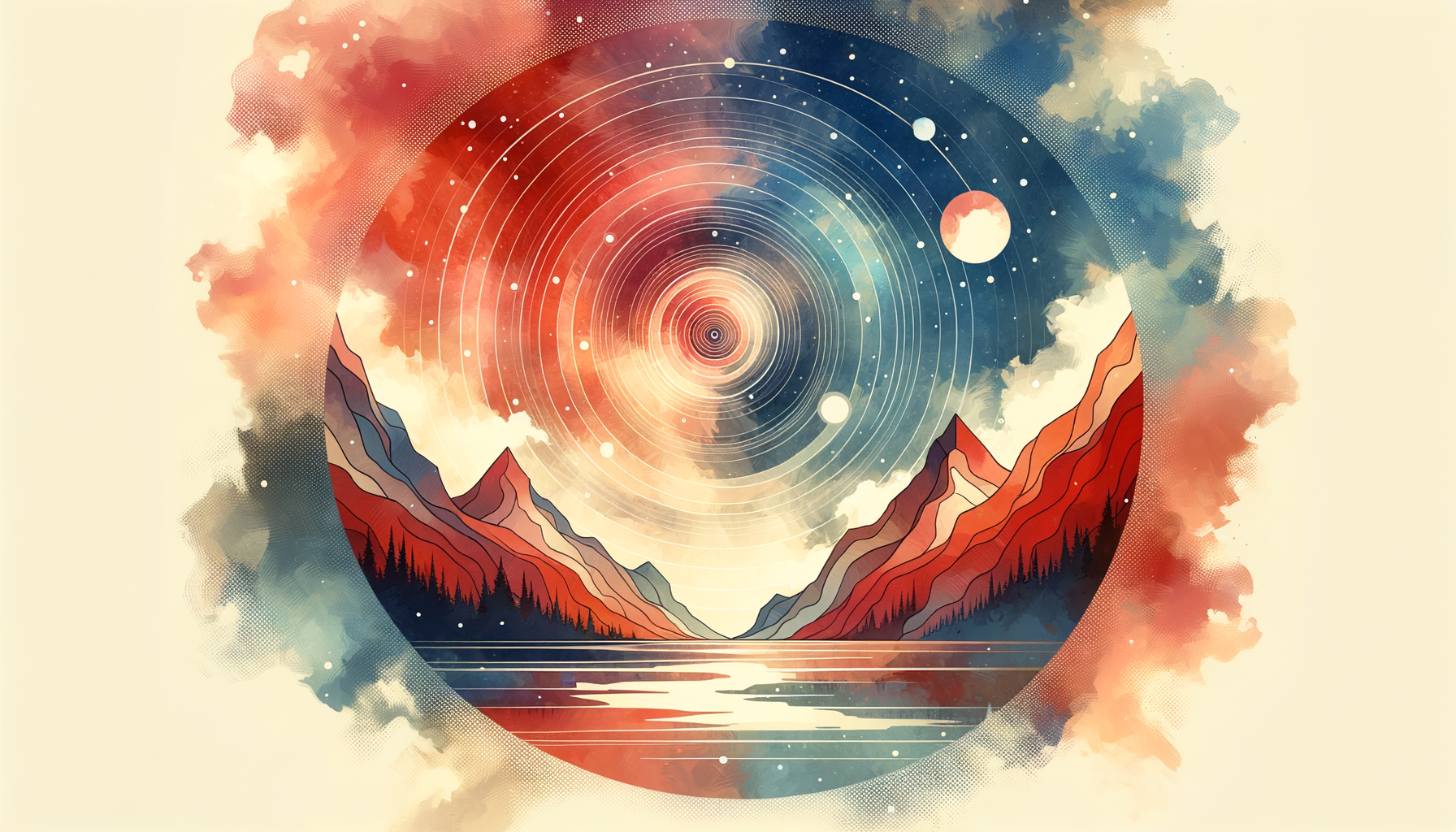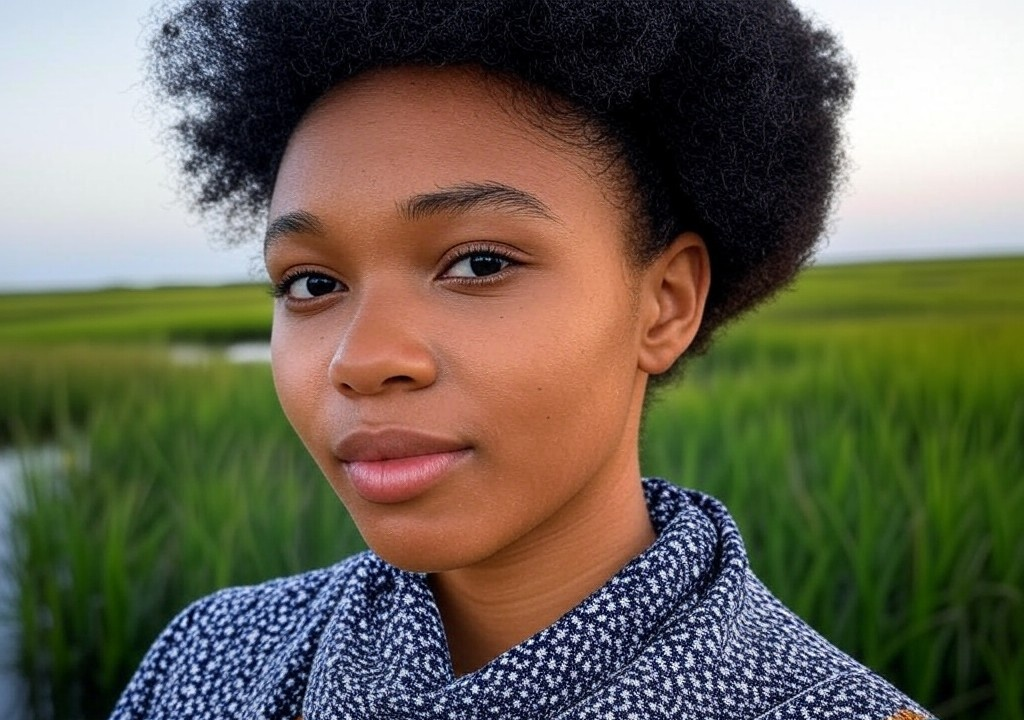Every scar tells a story. Whether it’s a literal mark on the skin or a metaphorical kink in the armor of our hearts, scars are the tattoos life gives us without our permission. They’re a little rugged, a little unrefined, but oh, how they carry history. I’ve always believed scars are less about reminding us what broke us and more about showing us what we’ve survived.
Take, for instance, the scar on my left elbow. Born in Athens to a family who considered life without sheep kebab and Socratic debates an existential crisis, I spent most of my childhood climbing olive trees and insisting I could. One summer, I fell—both literally and figuratively (secret crushes were a plague even for nine-year-old me)—and my elbow met a rock with all the grace of a cat falling into a bathtub. That scar, jagged like a lightning bolt, became a permanent reminder of two things: my inability to listen to my father’s advice on “proper tree-climbing techniques” and that chasing something sky-high, even when it doesn’t work out, is always worth it.
But let’s not pretend scars are all tree-falling childhood antics. Some scars come from the messiness of relationships—those emotional nicks and cuts that rarely get disinfected with anything stronger than a good cry over wine and ravioli. Let’s explore their stories.
When Love Leaves a Mark
Few people go through life unscathed by love, and if you have, are you a robot or just exceptionally lucky? The truth is, hearts break and leave behind faint outlines of old wounds. The first time I got my heart cracked wide open, I was living in London. I was 24, idealistic, with a schedule that revolved around lectures and convincing anyone who’d listen that Plato’s allegory of the cave explained modern relationships.
This woman—let’s call her Elena—had the laugh of someone who knew she could shatter you if she chose. We spent seven glorious months together, riding buses through the rain, sharing split bottles of wine at Camden markets, and discussing how the British approach to tea is both sacred and over-complicated. Then one day, she said something brutally simple: “You’re too much of a dreamer for me.”
It hurt. And it hurt in the way only an emotional scar can—silent, stealthy, but stinging in cold weather. At first, I wanted to bury the wound in distractions, but over time, I understood that this too had left its mark for a reason. It taught me about balance: dreams are wonderful, but relationships require some practicality. A scar, yes—but also a lesson.
The Beauty of Bumps and Bruises
It’s easy to feel self-conscious about scars—physical or emotional—when society seems obsessed with the flawless. But here’s the thing: Perfection is about as real as a unicorn wearing a fedora. What makes us compelling, what makes people lean in and pay attention, are the little imperfections.
Have you ever met someone who makes their vulnerabilities seem like a work of art? A friend of mine in Santorini—let’s call him Theo—has a scar running down his cheek from a motorcycle accident in his 20s. Instead of hiding it, he embraces it in a way that’s oddly charming. When strangers ask about it, he grins and says, “You should see the other guy. Oh wait, it was a goat.” It’s never not funny.
The same principle applies to emotional scars. Maybe you once loved someone who made you feel unworthy, or perhaps you walked away when staying would’ve been easier. Those experiences shape you, give you depth, and show others you’ve lived (and survived). Wear them like Theo wears his goat story—with humor, honesty, and just the right amount of swagger.
Turning Scars into Confidence
If nothing else, scars—physical or emotional—challenge us to evolve. They push us to build resilience, to compartmentalize life’s rough patches into stories of recovery.
Here’s something I learned while running a boutique hotel on Santorini: travelers LOVE war stories, and not just the daring escapades. They love the human bit—the vulnerabilities, the lessons learned. This idea carries over into relationships, doesn’t it? We don’t fall for people who pretend to be invincible. We fall for people whose struggles tether them to reality, who wear their experiences like a coat of many colors.
If you’re looking to embrace your scars with grace:
- Name the story behind the mark. Everyone loves a good story—even if it’s about an olive tree mishap or a breakup that felt like the emotional equivalent of running into a burning building. Attach meaning to what you’ve survived.
- Laugh at yourself, lovingly. Humor isn’t undermining your experience; it’s taking power back from it. Case in point: I’ve started calling my old elbow scar my “Zeus impersonation” because it looks like I was struck by lightning.
- Remember that everyone collects scars. Comparing your emotional badges of honor to someone else’s is like dissecting two entirely different sunsets—it’s pointless. Everyone’s got a history, and no one’s is perfectly smooth.
Why Scars Make Us Lovable
The truth is, vulnerability and depth often grow where wounds once were. There’s a famous Kazantzakis quote I think about a lot: “A person needs a little madness, or else they never dare cut the rope and be free.” Scars are evidence of having dared—whether it was climbing a tree, falling in love, or trying something new despite the risk.
The right people will see past your fragile moments and into the humanity behind them. They’ll understand that scars represent healing, not brokenness. They don’t make you less; they make you more. So whether you’re literally rocking a lightning-bolt elbow or emotionally working through that “too much of a dreamer” heartbreak, know this: you are not your scars, but they’re part of the artwork that is you.
Life never hands you an olive branch without a rock waiting somewhere underfoot. Wear your scars proudly. They mean you’ve lived, loved, and kept going anyway. And isn’t that the whole point?



